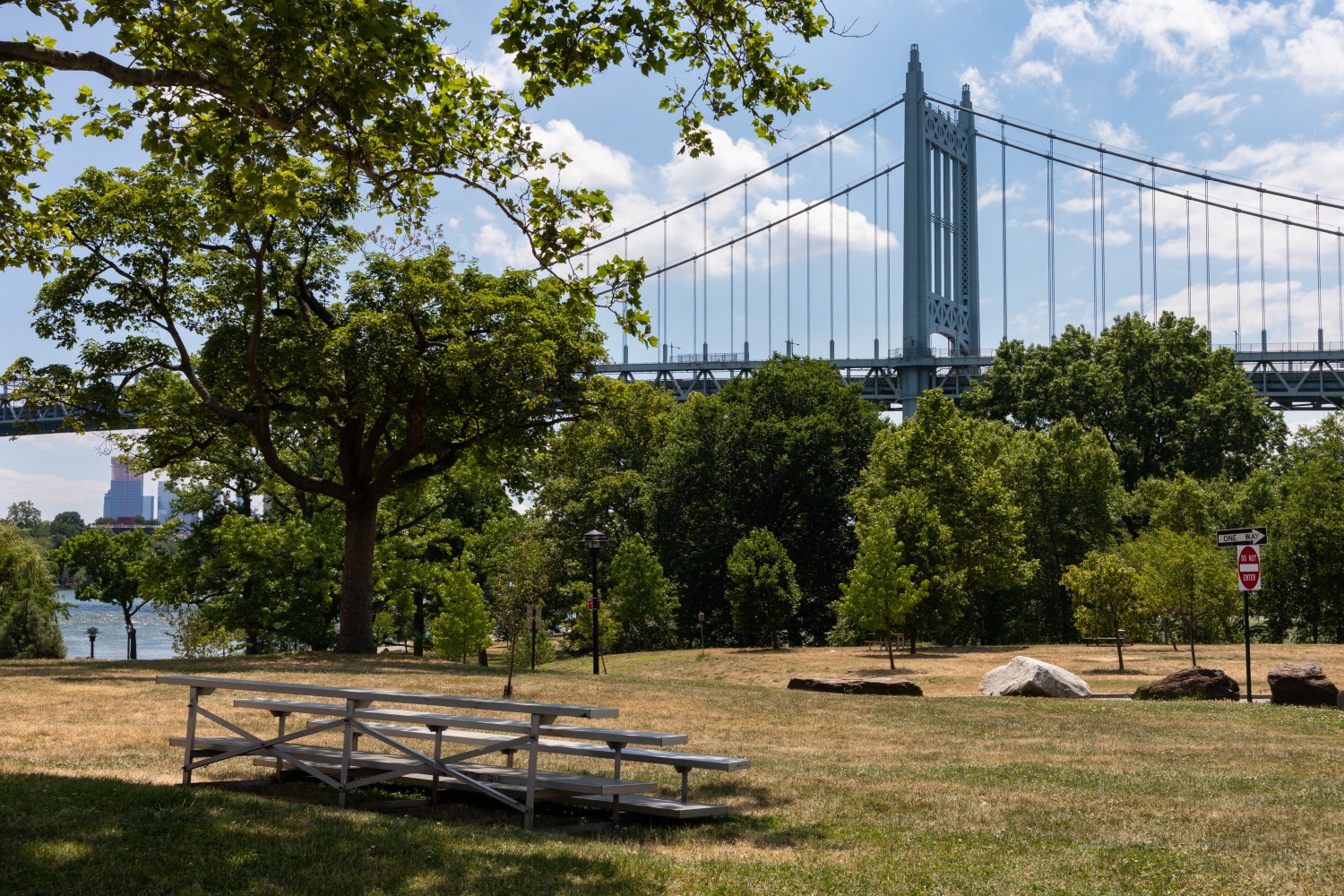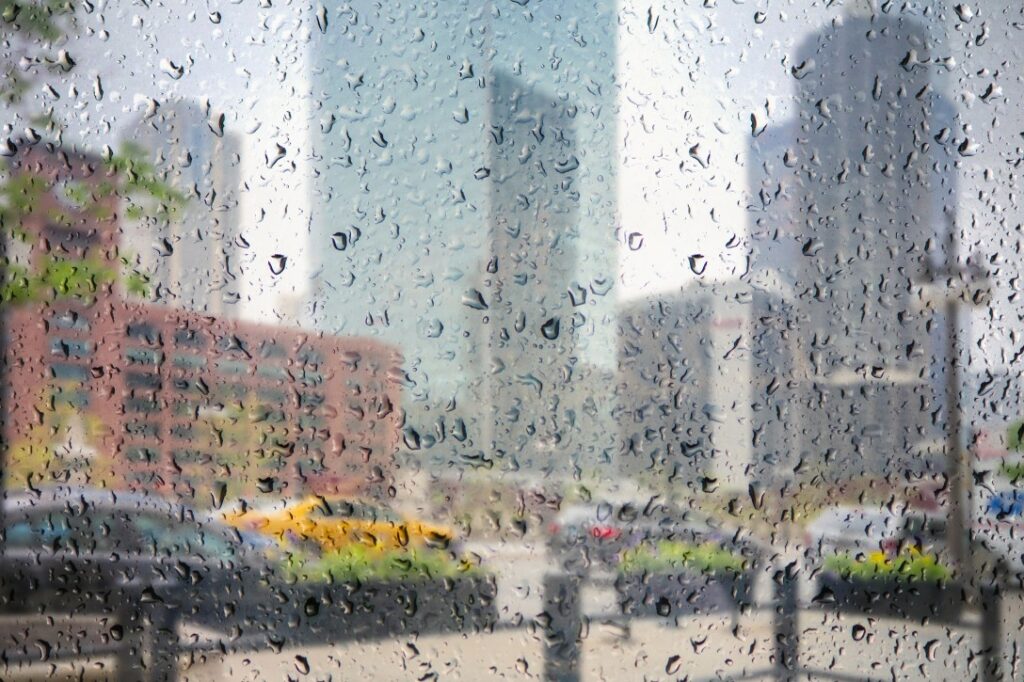
Heavy Rain, Flooding, and Chance of Severe Weather Staring Down the Southern U.S.
January 22, 2024
Posted: July 16, 2022 6:55 am





Rain in the Forecast is Good News for Parts of the Parched Northeast
There may be some relief on the way for the overly dry areas of the Northeast. A series of storms is forecast to march through the region beginning this weekend and into next week, hopefully bringing significant rain to ease the drought that has been building since the beginning of July.
According to the U.S. Drought Monitor, about 20% of the Northeast is now under the designation of some level of drought. While this is nothing compared to the drought-stricken West, it is enough to make some residents frustrated with their brown lawns and lack of moisture. Of particular concern to weather and environmental experts is the decrease in water levels in area rivers and streams.
Many areas of New York, New Jersey, Pennsylvania, Ohio are also dealing with dry soil that can impact crops in the region. A lack of rain over the last few weeks is taking the blame for these conditions. Rainfall totals have measured less than 30% of average in a number of locations throughout the Northeast. For example, New York City has only seen about one inch of rain over the last month.
The silver lining is that the temperatures have been fairly moderate for this time of the year. While the West has been dealing with temperatures that are higher than normal for this time of July, the mercury has landed in the average range for the eastern half of the U.S.
Forecasters are predicting that the area may see some beneficial precipitation beginning as early as this weekend. The line of storms that dropped heavy rain in Illinois and Wisconsin on Friday is tracking to the east. While the system has lost a good amount of its energy and associated moisture as it continues on its journey, there will still be enough left to share with some parts of Ohio, Pennsylvania, Maryland, and the northern tier of West Virginia and Virginia. This rain is forecast to begin falling late Saturday and into the overnight hours.
Just as these storms are getting fired up, moisture is forecast to move up from the tropics. This will bring the rain up the Atlantic Seaboard and into the mid-Atlantic as the weekend progresses.
Sunday could be a wet day for Ohio and western Pennsylvania. This means that residents in cities such as Pittsburgh should get out and enjoy outdoor activities on Saturday before the storms ignite on Sunday. A southward dip in the jet stream will provide the incoming moisture with the energy it needs to transition to storms.
By Sunday night, the chance of stormy weather will move east into the central Appalachians. The rain will push into the Interstate 95 corridor stretching from New England down into the mid-Atlantic by the time that Monday rolls around.
Depending on where you live, you can expect to see 0.50 of an inch to two inches of rain before the system wraps up. This amount of rain would prove to be beneficial for dropping water levels and crops in need of some moisture. As a bonus, your lawn is likely to perk up as well.
In addition to this round of storms, forecasters are keeping an eye on a storm system that is expected to move across the Pacific Northwest this weekend. While it is not expected to deliver meaningful amounts of precipitation to this part of the country, it may be able to pick up more moisture as it tracks along the northern tier of the U.S. and the Canadian border.

This movement could bring another round of rain to the Northeast by the middle of the week. The system could also bring the threat of damaging winds and flash flooding. Be sure to keep an eye on the forecast in the coming days to see how this develops.
Forecasters are also warning that the persistent heat dome that has been anchored across much of the southern half of the country in recent weeks may crawl up to the north by next week. This could bring warmer temperatures to a greater part of the U.S., including areas that have been largely spared so far this summer.
Did you find this content useful? Feel free to bookmark or to post to your timeline for reference later!

January 21, 2024

January 19, 2024

January 18, 2024